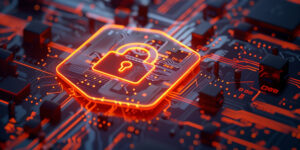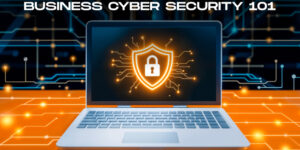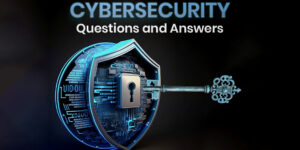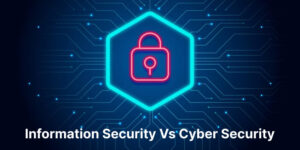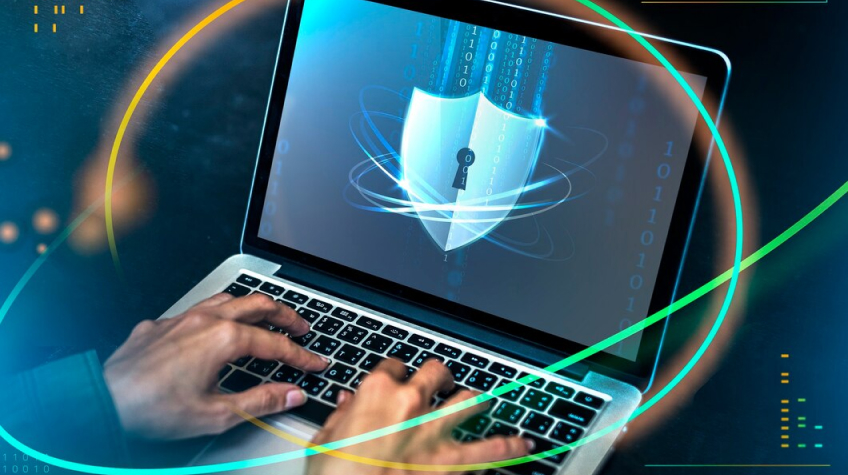
In our hyper-connected world, where everything from your bank account to your coffee maker can go online, cybersecurity is no longer a luxury, but a requirement. Cybersecurity is the protection of computer systems against theft or damage to hardware, software, or data. In this blog, we will understand what cybersecurity is, its various types, and what cybersecurity trends are emerging in the future.
What is Cyber Security?

The practice of cybersecurity safeguards all digital platforms, such as networks, computers and devices against unauthorized access that aims at data through digital threats. The safeguarding of sensitive information is based on a mix of technologies and best practices that provide digital asset integrity, system confidentiality and operational availability.
The rising global connectivity through the internet and cloud-based systems makes cybersecurity a mandatory practice for individuals, businesses and governments. Digital security functions as a defensive barrier that safeguards personal information, privacy and operational capacity through cyberspace activities and data exchanges.
Why is Cybersecurity Important?
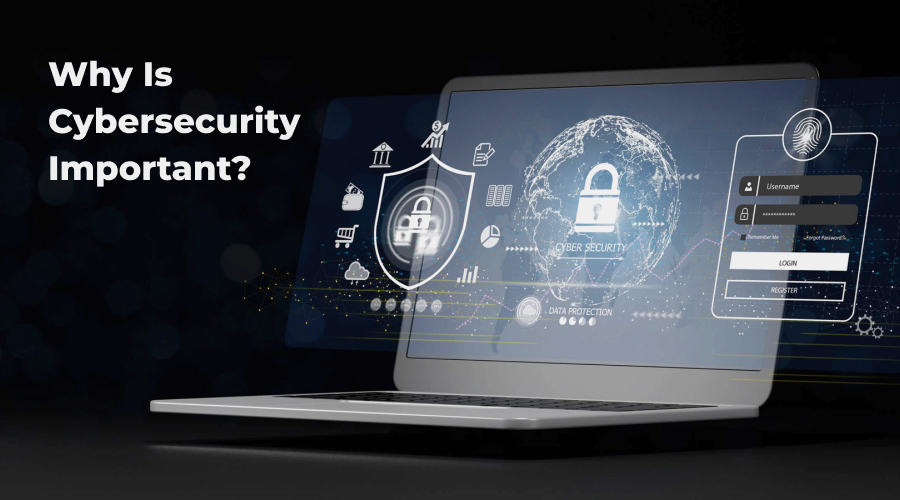
Cybersecurity is important to safeguard personal information, financial data, intellectual property, and key infrastructure from cyber attacks. Every second of the day, numerous cyberattacks occur that target businesses of all sizes and governments worldwide.
Data breaches cause various severe consequences, including identity theft, bringing financial losses, damaging reputation and potentially putting national security at risk. Current digital-first practices require a strong cybersecurity system to build trust, ensure continuity and peace of mind.
Types of Cybersecurity
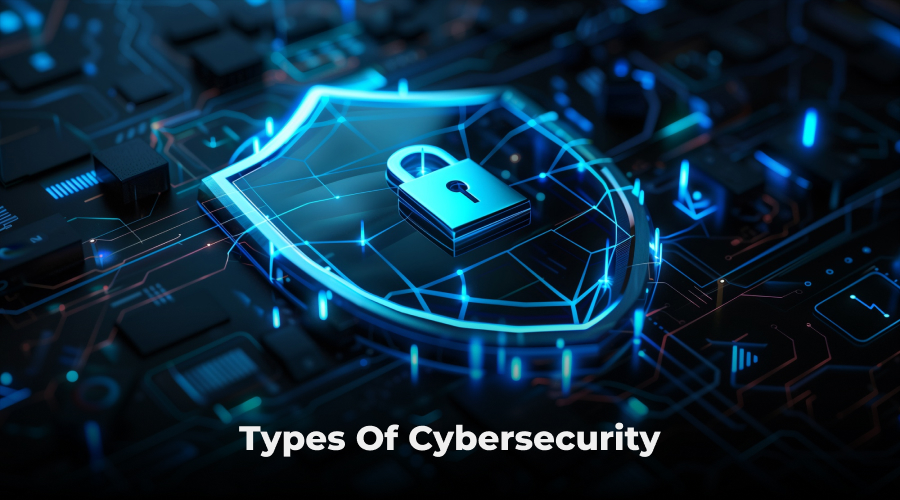
1. Network Security
Protecting a computer network’s infrastructure against unauthorized access, misuse, and data theft is what network security provides. Network security protects information systems through a combination of tools that include IDS, firewalls and secure routers for monitoring network traffic and stopping unauthorized activities.
The implementation of network security protects corporate and home systems against damage inflicted by external entities. In the absence of security, network systems remain vulnerable to hackers who can intrude with ease to intercept data, releasing dangerous malware that creates significant harm.
2. Information Security (InfoSec)
Information security protects all data formats, including storage objects, transmission flows and processing tasks. Security systems prioritize the elements of confidentiality, integrity and availability that make up the CIA triad. InfoSec relies on encryption, tokenization and access control systems as its main protective elements.
Information security operates to guarantee authorized personnel access to data, keeping it available with accurate content when needed. Secure information security practices prove essential in industries including healthcare, finance and government sectors as data compromise leads to major disasters.
Also Read: Information Security and Cyber Security | Which is Better for Securing Data
3. Application Security
Software remains secure when application security processes uncover, solve and stop vulnerabilities from appearing. Applying security patches with regular software updates and using code scanners came with writing secure code to stay protected. Applications may become vulnerable through security threats, including SQL injection attacks, cross-site scripting incidents and insecure APIs.
Through application security, users can safely access web and mobile applications as their flawed software cannot expose them to cyber threats.
4. Cloud Security
The security of cloud environments, including AWS, Google Cloud and Microsoft Azure, constitutes the primary objective of cloud security. The system contains multiple elements that include encryption, identity, access management (IAM) and compliance monitoring as well as firewalls.
Businesses need to secure their cloud data since they are migrating to cloud services for better scalability with operational efficiency. Implementations of cloud security protect business operations, trade secrets and customer data stored on cloud servers from unauthorized access, attacks and data breaches.
5. Endpoint Security
Networked devices, including laptops, phones and tablets, function as endpoints that are vulnerable to cyberattacks. The protection implemented on endpoints safeguards devices against attacks from malware, ransomware and phishing incidents. The security approach includes a combination of antivirus programs, device administrator tools and continued system monitoring capabilities.
Secure endpoint protection remains essential as it defends network systems from breaches that occur when devices containing security vulnerabilities link to corporate networks outside traditional office settings.
6. Operational Security (OpSec)
The main concern of operational security lies in developing proper procedures instead of depending only on technological solutions. The goal of operational security analysis involves detecting crucial operational data sets for defense to shield them from being exploited.
A basic example of operational security involves preventing accidental sensitive information disclosure through social media platforms and unsecured email channels by employees. Internal operations protected by OpSec strategies prevent staff practices from creating preprocess vulnerabilities that attackers could exploit.
7. Identity and Access Management (IAM)
IAM functions to grant proper access to authorized users for specific resources. The security system combines different technologies, including biometrics, password policies, multi-factor authentication, and single sign-on systems. Large organizations that have thousands of users benefit from proper Identity and Access Management that defends against insider breaches and unauthorized system access.
User credential vulnerabilities cause severe damage to both people and organizations, which IAM effectively prevents.
8. Disaster Recovery and Business Continuity
Business operations depend heavily on the preparedness and response capabilities that form the core of disaster recovery and business continuity initiatives for cyber incidents. Business readiness includes maintaining secondary operational systems, defined response plans and emergency contact protocols.
The main objective behind these plans is to maintain system functionality by reducing operational interruptions, while returning data and preventing disruption of operations after security incidents or system failures. Recovery from business disruptions must be quick, as bad events are inevitable.
Future Trends in Cybersecurity
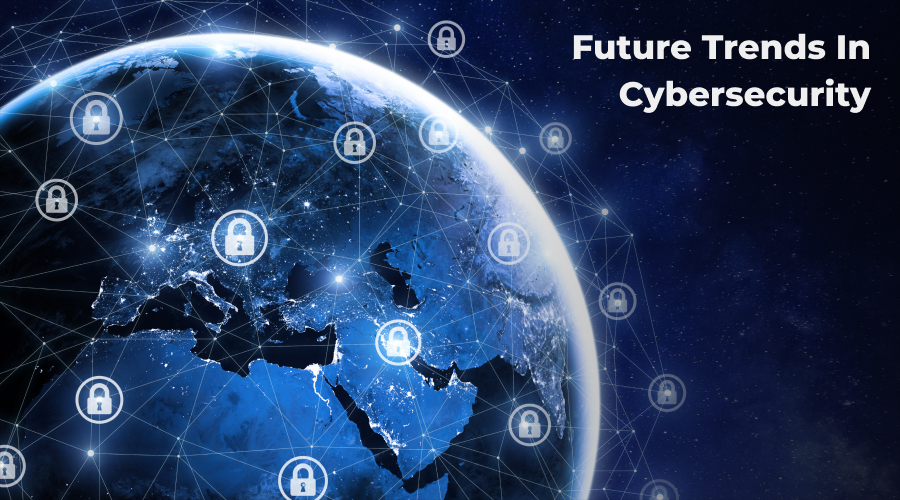
Cybersecurity is a dynamic sector. These are some of the major cybersecurity threats influencing its future:
AI & Machine Learning are being employed to identify threats in real-time and foretell possible vulnerabilities before they’re exploited.
Zero Trust Architecture delivers the principle that every internal user or device remains untrustworthy even in protected network environments.
Modern encryption systems face the possibility of failure by Quantum Computing systems, thus leading to the development of quantum-resistant algorithms.
Cybersecurity Mesh is a new concept offering a flexible, modular framework for protecting highly dispersed digital assets.
Security measures for IoT devices acquire greater importance as each new smart device creates more opportunities for malicious cyberattacks.
Conclusion
In the modern digital environment, everyone must understand the importance of cybersecurity, which extends beyond tech companies and IT professionals. People using various digital platforms, from social media to business operations or remote work, rely on protected systems. Understanding different cybersecurity types and their protective roles enhances your security knowledge.
One must stay educated and alert, because awareness is the foundation for the best security measures.

